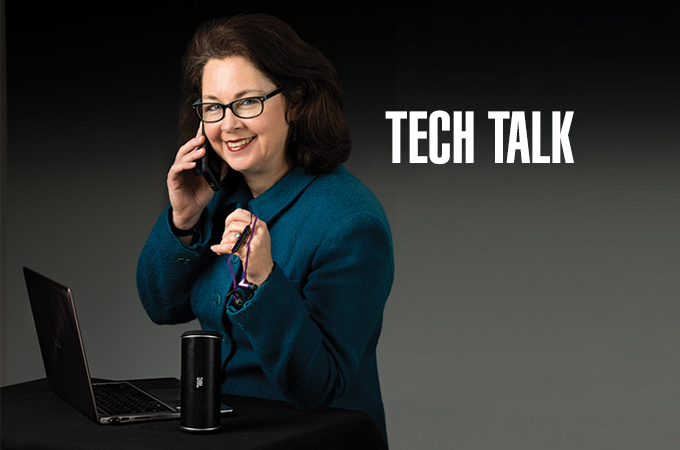Every day, it seems, I hear about someone’s email account being hacked, a company’s data stolen, or a friend’s credit card fraudulently used. You easily could have one of the 124,000-plus accounts whose passwords are stolen each day. How is this possible?
There are computer programs all over the world that do nothing but knock on computer doors, trying to get into the system. They generate combinations of users and passwords to see if they can unlock the door and gain access to your email or account. Here are some steps you can take to protect yourself, your accounts and your passwords.
➧The first is to make sure you are using a strong password. There are many ways to do this, but one of the best is to create a phrase. I like to add numbers and characters (@, %, $), along with uppercase and lowercase characters to make it even more secure. There are password generators (strongpasswordgenerator.com or passwordsgenerator.net) that will help create a random password for you. A good length is 15 or 16 characters.
➧ Another preventive step is to make sure your passwords do not contain personal information, friends’ information or words that are easy to trace back to you. This is difficult because the more random a password, the harder it is for us to remember. Trust me, the older I get, the harder it is to remember anything!
➧ The next step to protect your accounts is to change your passwords on a regular basis. Some companies and organizations make you do this every 30 to 60 days. This can be difficult to maintain, so try for at least once a year. Of course, if you do get compromised, change all of your passwords at once. Many systems and email accounts now have the choice of two-factor authentication. Take this extra step to protect yourself. It requires you to enter your password and then a code is sent to you via email or text. That code will be required before getting access to your account. This extra step for your bank and credit card accounts and email is a great way to make sure no one can access your account easily. Each account should have a unique password. This is the one I have the hardest time doing—seems like I have 100 different passwords, which becomes burdensome and difficult to manage. Resist the urge to put them in a notebook.
Technology to the rescue: software/apps that can help you create strong, unique passwords for each of your accounts. My favorite is LastPass. Others include 1Password, KeePass, Keeper Password or Dashlane. Finally, do your friends a favor. If you decide to abandon an old email account (such as moving from yahoo or aol to gmail), delete all your contacts and emails before you leave the account. Remember, just because you can’t remember the password doesn’t mean that some bot or hacker can’t figure it out. Safe travels through the internet!
Check Out: What to do when your email gets hacked: techlicious.com/tip/whatto-do-when-your-email-getshacked/
Try Out: LastPass Password Manager: lastpass.com
Sheila Burkett is an information technology expert and co-founder of Spry Digital, an interactive design agency that delivers smart digital solutions. Catch her weekly Spry Hive at sprydigital.com/blog.
